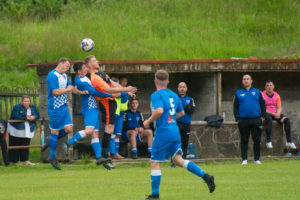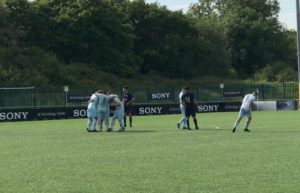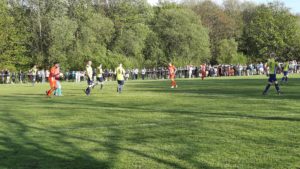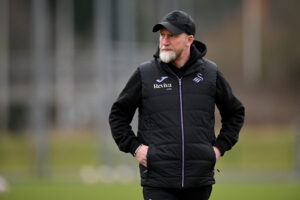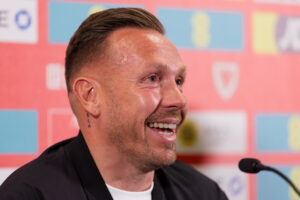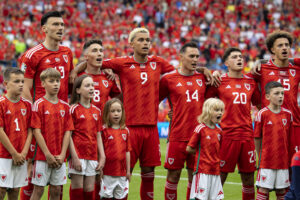The long road to recovery from ACL injuries in amateur sport
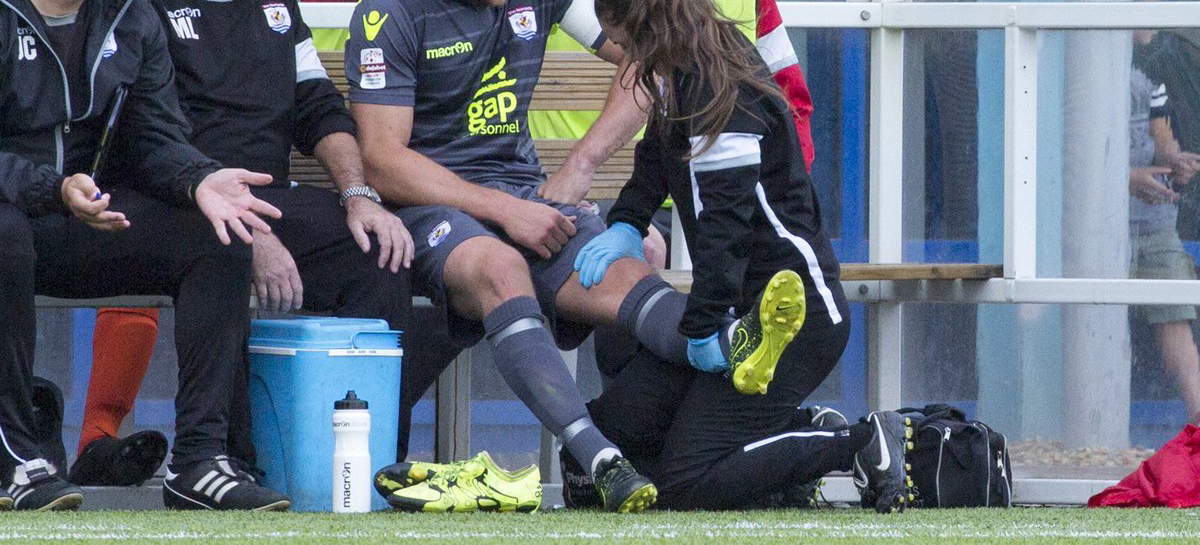
The dreaded news of hearing you’ve suffered an anterior cruciate ligament (ACL) injury is one of the most feared moments for any injured sports person.
The injury often heralded as one of the most serious in sports, is if not career-ending anymore, it aleats seriously threatens the future success of many a sportsperson. Zlatan Ibrahimovic, Paul Gascoigne, Ruud Van Nistelrooy and Brett Enoch.
Whilst many will recognise the name of former three, few will recognise the later. Treatment and surgical advancements have reduced the severity of an injury that was once deemed career-ending, but much of this research is focused on the recovery of pro athletes with access to the highest standard of sports rehabilitation with some of the world’s leading experts in the treatment of such an injury, but little has been done to discover the reality for the amateur sportsmen and women who suffer the ignominy of having to go under the knife for the ligament injury.
Brett Enoch, however, is one of those.
Roll back to April 2015. Ammanford, Llanelli Town AFC, Cwmamman United and Tredegar Town are battling for the top three spots for promotion. In a local derby, against Valley rivals Cwmamman, Enoch felt a throbbing pain in his left knee – he had torn his ACL.
The dreaded injury, one of the most feared in sports, is where the anterior cruciate ligament is either torn or snapped. The cruciate and posterior ligament form an ‘X’ in your knee, and are responsible for the back and forth motion of the knee. In an article by the Guardian, it is suggested that this injury is most threatening to intense sports such as basketball, American football and football (soccer) due to the high speeds of direction.
Professional athletes benefit from the greatest surgeons in their field, and often received their surgery immediately after their worst fears are confirmed in a diagnosis. However, for Enoch, and for many other amateur sportspeople there is hardly such a luxury, if it can be deemed one.
Enoch tore his ACL in April 2015, but didn’t receive surgery for the injury until five months after his first fears were confirmed. However, as the attacker confirmed, initially the diagnosis was only a four month layoff.
“I had the first op in September that year which the surgeon said I’d be out for four months due to the op only being a thermo shrinkage of the ligament and not a reconstruction, after 4 months I had the the all clear to return in the January of 2016.”
Ready to return from the medium term setback, Enoch returned to training with his team-mates. But, during his first training session back, his worst fears were to haunt him again.
“A day after having the all clear I completely snapped my ACL and also tore my meniscus in the knee during my first training back. This resulted in me having to urgently see a doctor a week later after the swelling had gone down slightly because I could not straighten my knee at all.
“During my appointment, the doctor immediately had me in for an operation two weeks later as an emergency due to the fact I couldn’t straighten it.”
During this operation, the 21 year-old had his meniscus removed since it was too badly torn to be stitched back. This operation indicated he had fully torn his ACL this time, which meant he was set to go under the knife once more for reconstruction of the ligament, in which they took an aspect of his hamstring and used it for part of his reconstruction.
12 months after his first injury, the reconstruction was complete, leaving the tricky winger with a 12 month recovery period before he could return to play any sport.
However, whilst the reconstruction was complete, nothing could prepare the Tumble based player for the mental difficulties that were to come with this long period on the sidelines, after two serious injuries on the same knee at such a young age.
“For the first few days, I just thought that was it for me. But then I started to believe that I wasn’t letting something stopping me from playing again.”
However, as a football in the third tier of Welsh football, both physical and mental assistance in the rehab is few and far between. Without the revenue streams of a professional club, amateur players are isolated in their recovery, something Enoch said was difficult.
“The rehab for the amateur is all depending on how much the person is willing and dedicated to work on his injury. For me, as soon as I got out of hospital I started my rehab straight away doing basic stuff like getting my knee to straighten my knee full. I would work on this for the first month and a half, then after that I started to go to the gym every morning, just building my quads, hamstrings and calf muscles up by starting with basic exercises and then building up as the months went on.
Really without being dedicated in the rehab, you haven’t got much of a chance of getting back.”
Professional sports stars often speak about the loneliness that accompanies such a severe injury. The void left of not playing, and seeing your teammates go out to train every day as they complete their rehab. However, for amateur stars, the situation is possibly tenfold worse. Once the ACL is torn, and the player is out for 12 months, the player will no longer see his team-mates at all without voluntarily turning up for training. With the club having no input on the recovery of an amateur player, the sportsperson is left in the dark, to forge their own path back into the game.
But, for Enoch he had the right support system around him to keep his mind focused to reach the goal of returning to playing for his local side.
“My parents helped me through it all by staying by me through three operations. Also my physio Ben Matthews guided me down all the right paths.”
After his recovery though, Enoch was told by his doctor that he should stop playing and should not step foot into competitive football again, let alone don the black and white of Ammanford AFC once more. But, the versatile attacking outlet had the resilience and stubbornness to reject such a notion, and whilst he’s admitted it’s been tough at times, since his return, he feels he’s proved the diagnosis was the wrong one.
“The first three months was really tough but that was all down to match sharpness. I still play the same way and an still do everything I could, but at the start it was due to not playing for a long time. The match tempo was too much at the start, but I’ve got used to it again and I’m finding my feet now.
“It was frustrating at the start because I knew that I could still do it, but everything was all new again so really I had to start all over again and get up to the pace of the game.”
However, the months have passed by and Enoch has looked increasingly comfortable in his role in the Ammanford side, showing the flashes of brilliance that lit up the Recreational Ground in his maiden season with the club, before suffering the first injury of a gruelling two years, and now he’s aiming for the top.
“Obviously I want to go on further and play at the highest standard possible if that’s Welsh Premier of even somewhere that’s a professional standard. But that comes down to making all the lost time out of the game up now through good performances.”
He may have lost two seasons through injury, but one thing is for sure; what he’s lost in game time, he’s gained in mental toughness that will put him in good stead for future endeavours and hurdles.
Featured Image: NCM Media

